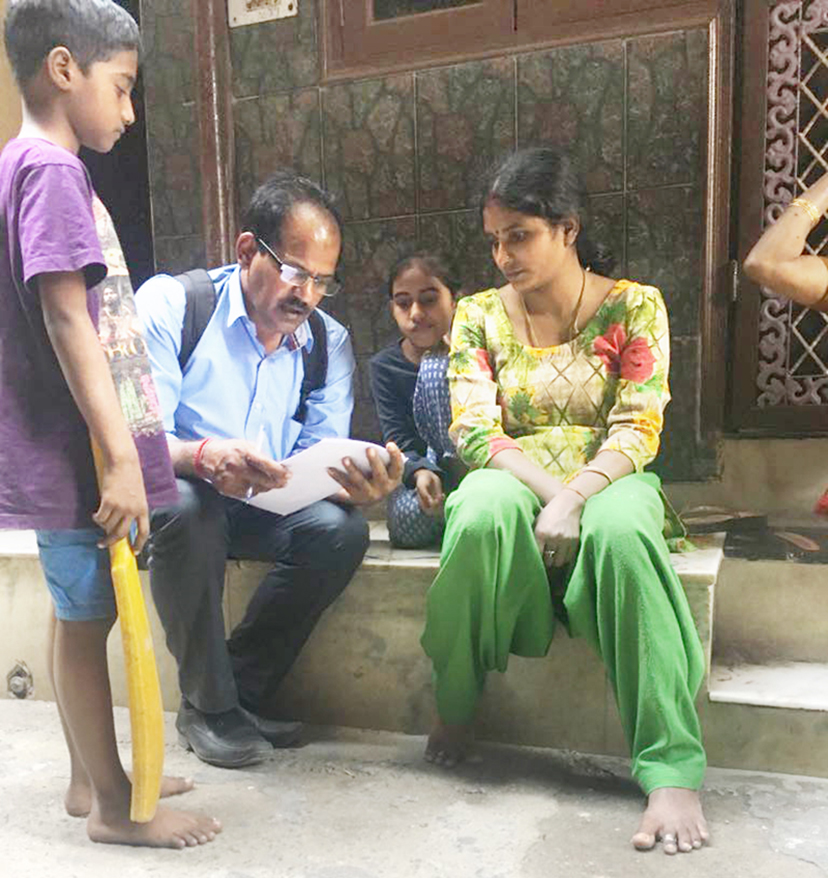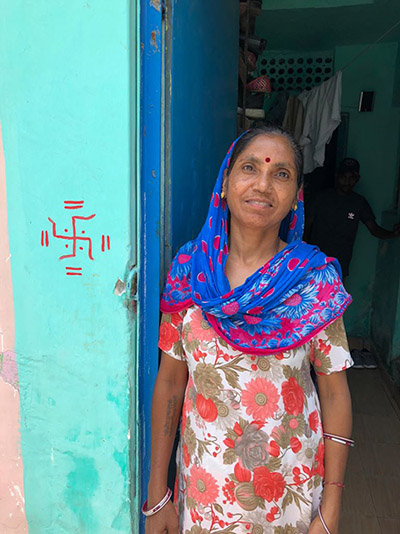Delhi survey suggests willingness of consumers for non potable uses of treated wastewater

The five-year Indian and Dutch collaboration on the project titled LOcal Treatment of Urban Sewage Streams for Healthy Reuse (LOTUSHR) seeks to develop cost effective, holistic wastewater management approach to treat urban wastewater at the local level, with recovery of water, nutrients, and energy, and removal of pathogens and emerging pollutants. A sub-project of LOTUSHR aims to understand the institutional boundaries and human perceptions of benefits and risks towards wastewater treatment and reuse. This information is important as it allows us to develop socially acceptable, local community driven holistic wastewater treatment and reuse strategies. As mentioned in the previous blog technically sound reuse schemes around the world in the past have failed as communities and other stakeholders have rejected the uptake of treated wastewater. Studies have shown that key barriers to using treated wastewater amongst stakeholders include health concerns, fear of chemical toxins, emotional disgust “yuck factor” associated with using treated wastewater, low levels of trust in implementing agencies, poor management of treatment plants, environmental risks and low awareness on treated wastewater reuse.
To determine the barriers against uptake of treated wastewater near the Barahpulla drain, TERI, along with Wageningen Environmental Research and Vrije Universiteit (VU) Amsterdam, conducted a perception survey among households in New Delhi. Over 420 low, middle, and high income households residing near the Barahpullah drain were interviewed. A snapshot of our findings is presented below, grouped under the key questions that were addressed:
How do respondents currently use water?
Majority of the respondents use filtering/purifying method to treat water before drinking and almost all dispose their wastewater through a sewage network provided by the government. Majority of the respondents understand that there is a water shortage in their city and have personally faced water shortages. Some of them face water shortage for a few hours every day. Some ways in which respondents believe water is wasted includes leaving taps running, long showers, cleaning kitchen utensils, and/or washing cars with hoses. Currently, about 32% respondents do not pay water charges and only about 5% pay over INR 1,000 per month. Although they are not willing to pay for continuous water supply, respondents are willing to pay higher charges for cleaner water.
What is the level of awareness about wastewater treatment and reuse?
The outcomes reveal that the majority of the respondents are aware of the water shortages and quality issues. However, their awareness of the life cycle of wastewater generated is poor. Their current knowledge on wastewater treatment is through peer group or community, school and family members, followed by information campaigns and media. Most residents consider themselves conscious in conserving water resources, and do not see any way in which further saving of water could happen at their end.
What are their attitudes and beliefs regarding wastewater? And, how willing are they to reuse treated wastewater?
Regarding reuse of treated wastewater, majority of the respondents find it disgusting to use treated wastewater but are willing to reuse it if the people around them do so as well. According to the respondents, treated wastewater can be reused for various non potable purposes including recharge groundwater, cooling, construction, irrigation for growing vegetables, flushing toilets, cleaning vehicles, cleaning utensils, watering plants and bathing purposes. A small percentage also believes that treated wastewater can be used for drinking or cooking. Respondents indicated trust in the government authority to ensure safe quality of treated wastewater for reuse purposes. They also seemed to be more open to paying additional charges for addressing water quality issues rather than ensuring continuous supply of water. This is perhaps because respondents are either satisfied with their current water supply but not with their water quality or that they value clean water over continuous water supply.

Inhabitants at the project site show willingness to pay more for better water quality rather than continuous supply of water
What are the major barriers to reuse of treated wastewater?
In terms of barriers for uptake of treated wastewater reuse, the main barrier as perceived by the respondents near the Barahpullah drain is human health risk, followed by lack of confidence in quality of treated wastewater, low awareness on treated wastewater reuse options, religious/ cultural reasons, aesthetic reasons - colour/odour, and also because some believe that there is adequate availability of water, and lack of access to treated wastewater.
How can these constraints be addressed?
The results of the baseline household perception survey on treated wastewater reuse suggest that following measures should be implemented to increase wastewater reuse:
- The main barrier to treated wastewater reuse is human health risk- conducting scientific studies such as monitoring of pollutants, regular health and safety testing, and reliability evaluation of the treated wastewater system can help reduce the possible human health risk. This will also create confidence amongst people towards reusing treated wastewater, which is the second most important barrier to water reuse. Since respondents have indicated their willingness to pay more for better quality of water rather than for continuous water supply, regular monitoring and assessments verifying quality of treated wastewater would also assist in convincing households to use it.
- Knowledge amongst participants on water availability and wastewater treatment is low, which could be improved through targeted information dissemination. Some respondents still believe that there is adequate availability of water. The awareness generation on water scarcity and wastewater reuse could be explored through different channels such as advertisements, collaborations with NGOs and research organizations, celebrity endorsements, providing site visit to water treatment plants and information campaigns.
- Since majority of the respondents find it disgusting to use treated wastewater and have issues related to its aesthetics, including colour and odour, therefore sharing specific information on the treatment process and the subsequent quality of water will help mitigate the disgust associated with the reuse of treated wastewater.
- Respondents have indicated trust in the government authority to ensure safe quality of treated wastewater for reuse purposes. Local government bodies should therefore take lead in creating awareness on the need, quality, and potential of water reuse. While respondents also feel there is lack of access to treated wastewater, majority of them are open to wastewater treatment near their home. Hence, the local authority must increase availability of treated wastewater to its consumers.
- As mentioned above, since households have shown willingness to paying more for addressing water quality, information dissemination could be coupled with formally established tariff for better quality of water.
References
https://lotushr.org/
https://www.teriin.org/blog/addressing-socio-cultural-barriers-are-key-ensuring-reuse-treated-waste-water

